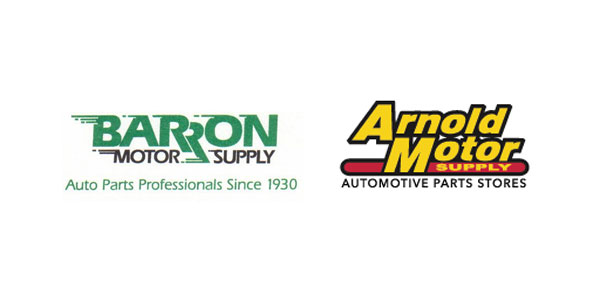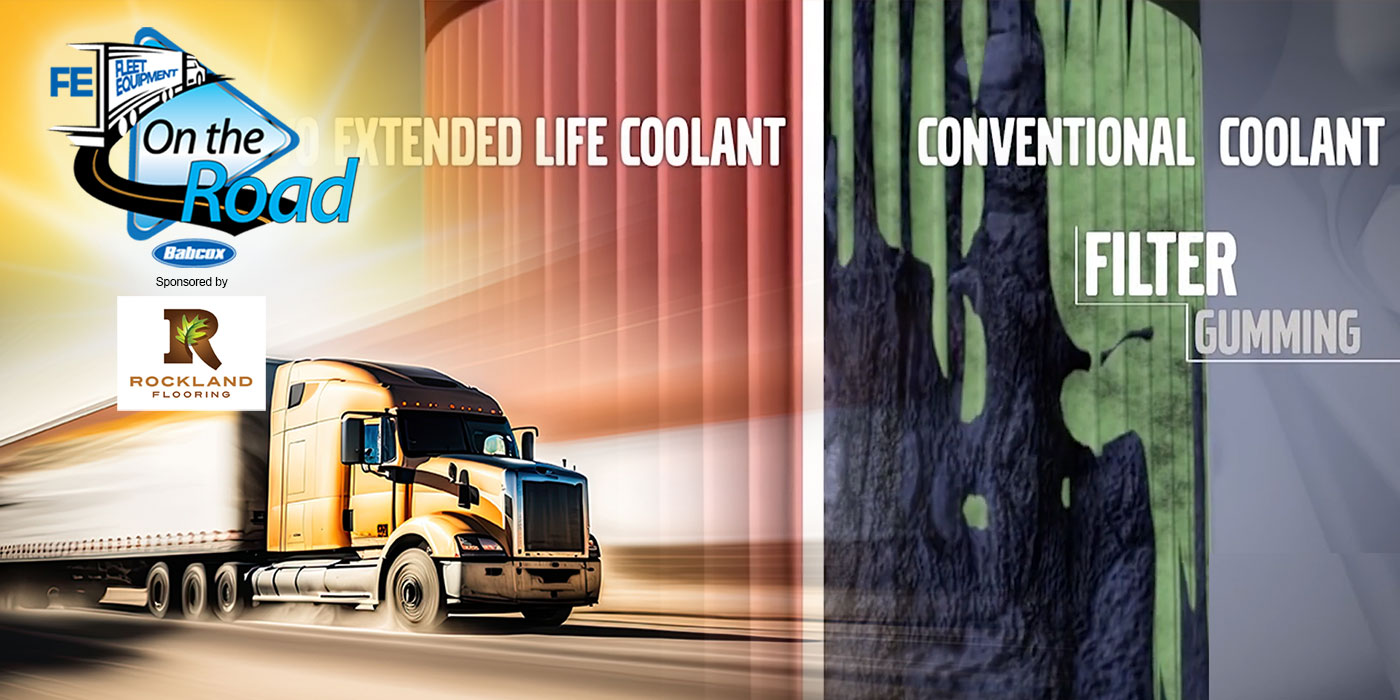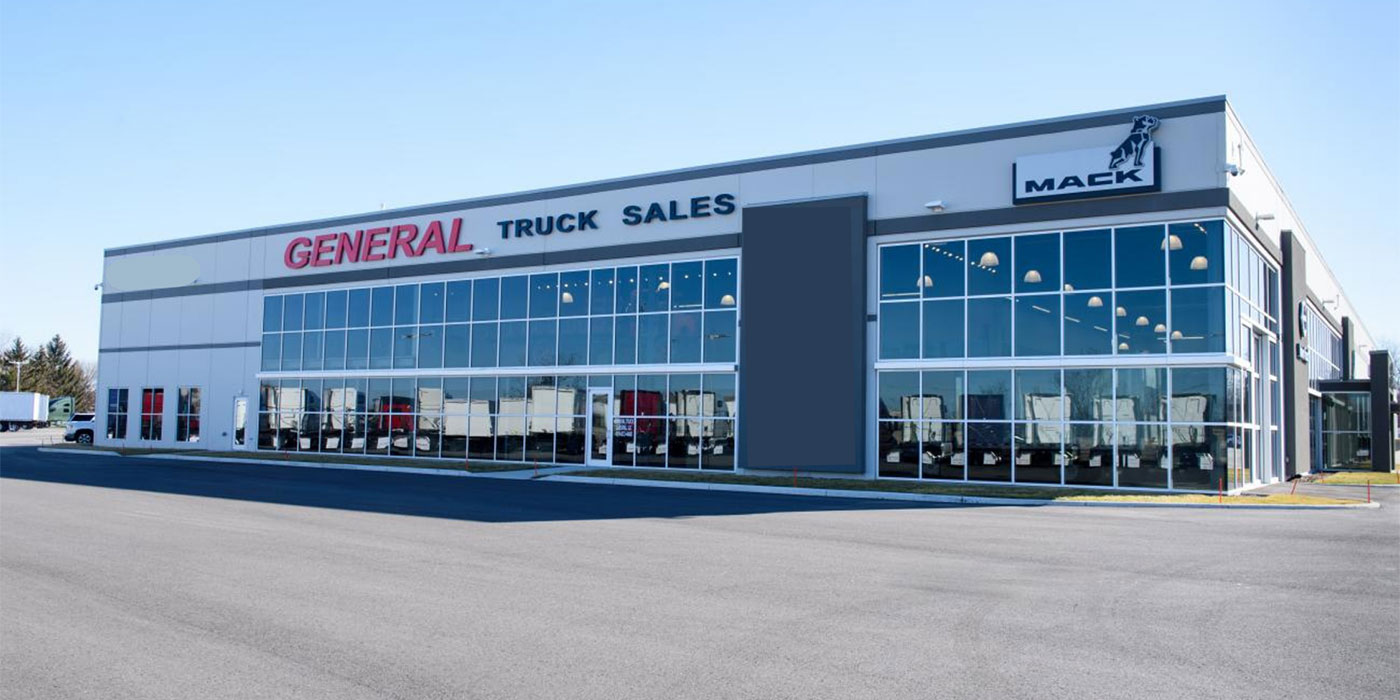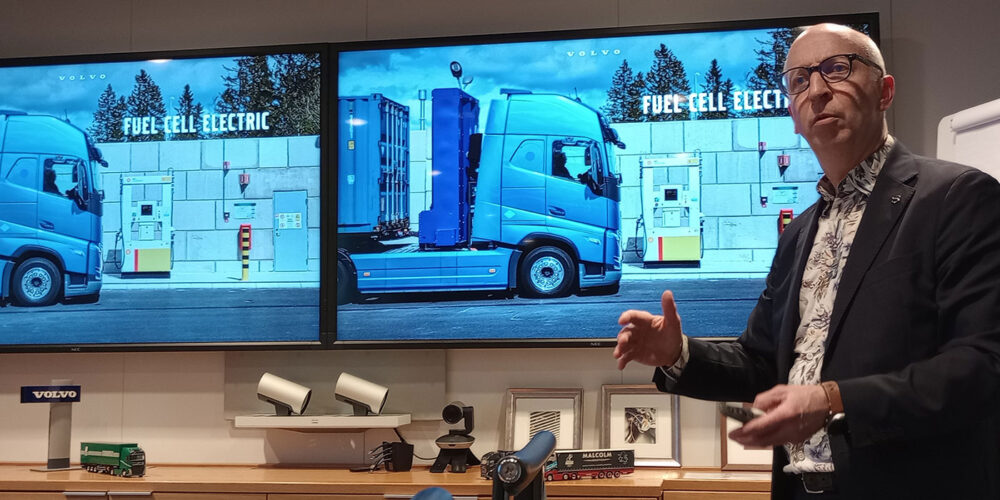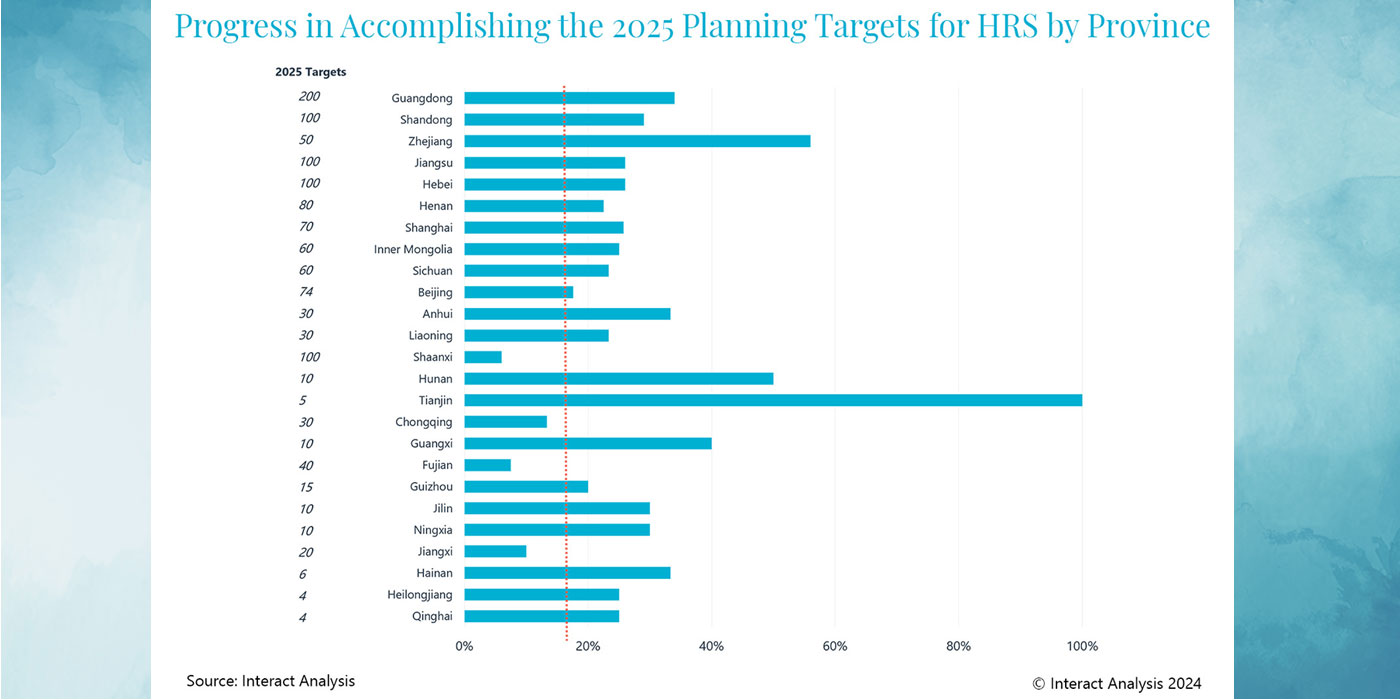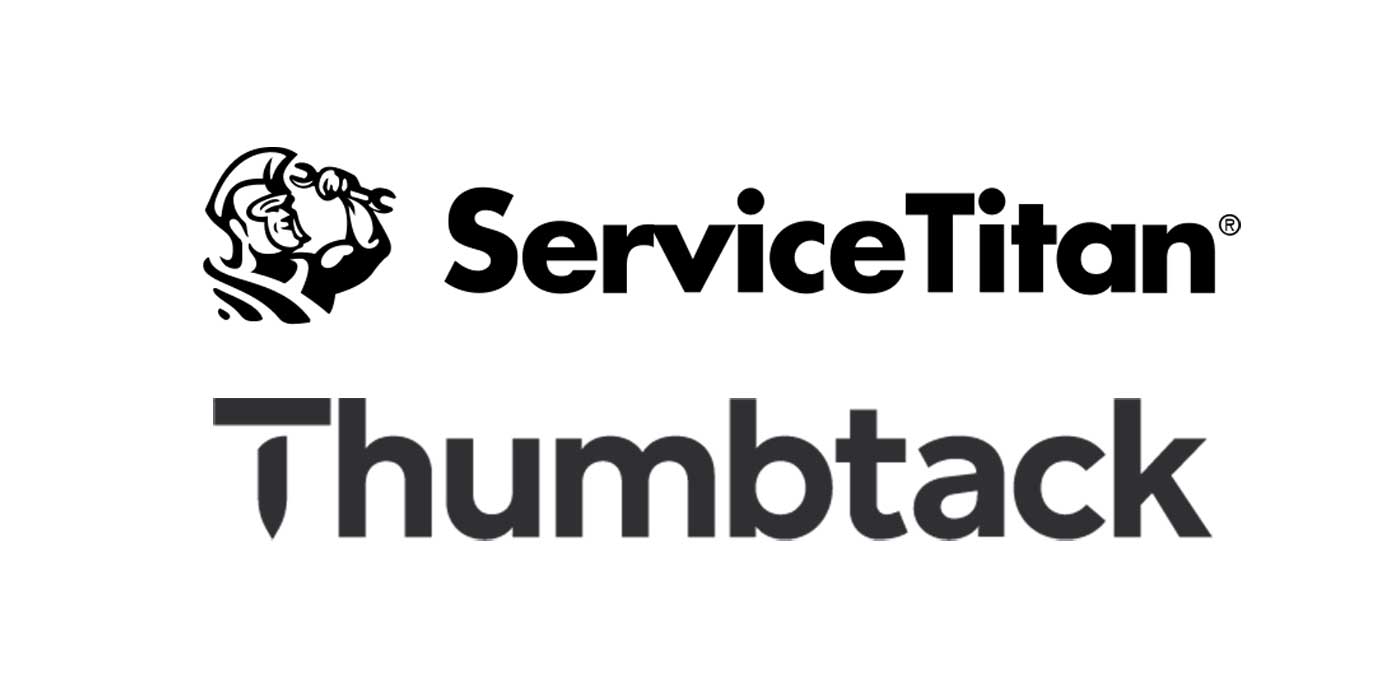Systems can monitor pressure, temperature, more
Keeping tires properly inflated is critical to vehiclesafety and vital to ensuring optimal tire wear. Additional benefits frommaintaining proper air pressure in tires are increased fuel mileage, moreuptime and fewer costs associated with tire-related road service calls. With somany costs riding on proper tire inflation, this basic maintenance is easier toadvocate than implement. There is a solution, however, tire pressure monitoringsystems (TPMS).
Some systems monitor the air pressure in tires and alertdrivers to changes; others––automatic tire inflation systems (ATIS)––maintainair pressure automatically. Some devices attach to the wheel; a few are mountedon a patch on the tire inner liner, while others are mounted on either theexterior or the interior end of the valve stem. The latest development issending pressure readings via onboard telematics to the fleet’s back office.These systems have become more affordable, with many manufacturers indicating areturn on investment ranging from four months to less than a year.
Listed below are the latest TPMS and ATIS products:
Advantage PressurePro
PressurePro TPMS provides electronic readings of tirepressures, in-cab or to a remote location, at any time, whether the vehicle isparked or moving, says Vanessa Zaroor, director of marketing, AdvantagePressurePro. The basic systems consists of sensors that fit on the tires’ valvestems and send digital readings of tire pressures and temperatures via RFsignal to the in-cab monitor. Three pressure alert levels are offered: thefirst at 12.5% loss of pressure; a second, more insistent alert at a 25% dropin pressure; and a third, variable high pressure alert, which users can set.
The company has released a fully automated drop-and-hooksystem that allows fleets to drop one trailer and add another without anyresetting or reprogramming of the monitor. The monitors can be integrated withmany telematics products,
Zaroor adds. The system requires little maintenance exceptreplacing sensors every four-and-a-half to five years. The sensors can beattached to new tires with no reprogramming needed.
Dana
The Dana SmartWave TPMS measures the tire pressure andtemperature for each tire on the vehicle and communicates wirelessly to anon-board receiver. This real-time data can alert the driver of a loss of airpressure or of a dangerously high tire temperature, or provide pressureinformation to maintenance personnel. Temperature compensated alarms preventfalse pressure indications due to ambient temperature while maintaining a tightwarning threshold. This provides the ability to set tires to proper inflationlevel at any temperature, says Steve Slesinski, director – product management,commercial vehicle products group, Dana Holding Corp.
The system is currently available through two major OEMs andthe OES service channel. Industry standard data links support off-boardcommunications, as well as standard service tools. Maintenance requirements areminimal: replace the in-tire transmitter after five years or 1,000,000 miles.For a ROI calculator, visit Roadranger.com.
Doran Manufacturing
The Doran 360 allows the fleet to pre-program desiredbaseline tire pressures for the applicable wheel positions directly into thedisplay and then simply mount the wireless sensors, says Jim Samocki, generalmanager, Doran Manufacturing Co.
The system provides both audible and visual warnings: thepatent-pending FastLeak warning is triggered with a drop of 2.8 PSI in lessthan 12 seconds; the Level 1 alarm is set off with a 12.5% drop in PSI from thebaseline and Level 2 at a 25% drop in PSI; the high-pressure alarm is activatedwith a 25% increase in PSI over the baseline. A high temperature alarm isinitiated when the temperature reaches 248 degrees F.
The systems have the capability to transfer the tirepressure data and warnings onto the CAN bus network or third-party mobilecommunications providers on the truck. Virtually no maintenance is required.Wireless sensors include both a lithium ion battery designed to last five toseven years and potting material that provides resistance to high temperatures.
Two additional features are the driver lock-out and datalogging functions to prevent the driver from inadvertently tampering with thesystem settings and capturing an accurate history of tire pressure-relatedevents, according to Samocki.
Hendrickson
Tiremaax actively monitors tire pressure and responds byfilling any tires that fall below a pre-set level. It relies on anon-pressurized axle and ball bearing rotary union to maintain tire pressure.An indicator light visible to the driver will activate to identify a system ortire leak.
The latest development is Tiremaax CP, a constant pressurevariation of the system that uses a simple mechanical design to deliver all thebenefits of an automatic tire inflation system, according to Matt Wilson,controls business unit manager, Hendrickson Trailer Suspension Systems.
For maintenance, the manufacturer recommends the same PMschedule as other trailer air management components with periodic inspectionsfor air leaks and visual checks for component condition.
Mobile Awareness
Brandon Stotsenburg, director of sales and marketing, MobileAwareness LLC, says that to achieve the most benefits from a TPMS system,fleets should ask: Does the system have the features to meet our operationalneeds and is the system easy for drivers to use, as well as the maintenancedepartment? TireStat monitors tire pressure and temperature. The sensor ismounted directly on the valve stem and allows the fleet to air up or downwithout removing the sensor. Pressure and temperature for each tire appear onthe monitor.
The system alerts by reading the actual tire pressure and isnot directly affected by the external temperature changes and inaccuracies thatplague baseline systems, says Stotsenburg. The system has programmable alarmsettings for low pressure, high pressure, high temperature and a specialfeature, Tire Pressure Watch, which provides an alarm if there are pressurechanges of 3 PSI or greater during a 10 minute period. The high temperaturealarm can prevent a potential tire fire due to heat from components such asbrakes.
MTIS by PSI
Al Cohn, director, new market development and engineeringsupport, Pressure Systems International Inc., explains that the Meritor TireInflation System by Pressure Systems International Inc. (MTIS by PSI) works byrouting air from the trailer compressor into a control box. The pressureregulator in the control box is set to the fleet’s specified air pressure andair is routed through the hollow trailer axles. At the end of the axle spindleis a special press plug. A pipe (stator) is inserted in the press plug. Aircomes through the stator, then through a rotary union and out through one-waycheck valves and then into the tire via special hoses. It is a closedsystem––whenever the tire is below spec’, air is added. A warning light thatthe driver sees in his side mirror is illuminated when air is being added. “Ifthe light does not go off within 10 minutes, the tire has a major leak andneeds to be replaced,” says Cohn.
The ThermAlert option, an early warning system for wheel-endheat build-up, can prevent wheel-offs and trailer fires. A special material inthe press-plug at the end of the spindle melts at a critical temperature, whichsets off a warning light and a loud, audible noise that the driver can hear.
The only wearable component (rotary union, warranted forthree years parts and labor) can be replaced in under two minutes, Cohn adds.
STEMCO-BatRF
The AirBAT tire pressure sensor is an external, wheel-endmounted sensor that occupies the valve stem of each tire. Two red blinkingLEDs, one for each tire in a set of duals, are used to indicate a low tire. Thesensor may be used as a stand-alone pressure monitor, or with a reader toautomatically collect pressure information. A single-wide version is alsoavailable.
The system uses radio frequency (RF) equipped sensors andreaders combined with a web-hosted data management application (WebBAT) tocollect and organize tire pressure information. There are three types ofreaders: a handheld version, a gate reader and a mobile reader that may be usedwith an asset tracking system to provide real-time tire pressure information.The company recently launched the AirBAT DAS (driver alert system) that worksin conjunction with the sensor to notify the driver of a low tire conditionover the road. Software allows the DAS to automatically “bind” to new sensorsin a “drop & hook,”says Sibin Luke, product specialist, BatRF by STEMCO.The system is designed for a seven-year service-free life.
Tire Sentry
The Tire Sentry system operates with a set of electronicvalve caps, consisting of a pressure sensor and microchip RF transmitter. Thesensors may be pre-programmed so that when a loss of 10% or more of the normaloperating pressure is detected, a digital signal is transmitted to the displayindicating with a flashing LED and beeping audible alarm which tire isunder-inflated or losing pressure. The sensors continuously monitor for a lossof tire pressure but only use battery power to transmit a low tire warning,says Richard Van Dyke, Tire Sentry Div. of Fleet Specialties Co. The new TMSSeries features greater sensor transmission range with lower battery powerconsumption. A totally wireless RC series for 4-, 6- and 8-wheel commercial trucks/trailers is portable and plugsinto any cigarette lighter socket. There’s a new SS Series for wide-basedsingles and a new hand-held receiver-display for yard monitoring of utilityvehicles with up to twelve tires.
TireStamp
Offered as a family of products under the TireVigil brand,each product consists of a common set of components that delivers an array oftire asset intelligence data to help fleets manage their tires, says PeggyFisher, president, TireStamp Inc. A subscription-based service, the productuses valve stems that have sensors attached to their interior end. TireVigilEarth TPMS provides GPS vehicle location tracking capabilities. Its featuresalso include route optimization, geo-fencing and identification of the nearestservice center to the vehicle’s location, plus driver behavior monitoring as itrelates to vehicle speed, harsh braking and excessive vehicle idling. It canoperate in a stand-alone environment or be integrated with existingtelematics-equipped vehicles.
While tire pressure monitoring systems keep track of thepressure in a vehicle’s tires, they do not check tread depth or the generalcondition of the tires, Fisher warns, nor do they check the general conditionof the wheels. Visual inspections must still be performed regularly to detecttires with cuts, snags, separations, worn treads and other out-of-serviceconditions. No system will ever take the place of a good visual inspection ofthe tire/wheel assembly. TPMS just takes the time and labor out of checkingtire inflation, Fisher notes.
WABCO
WABCO’s retrofit integrated tire pressure monitoring (IVTM)system, developed in cooperation with Michelin, sends an alert to the driverwhen tires (tractor and trailer) deviate from the desired pressure. Each tireis equipped with a wheel module that measures the tire inflation pressure usinga pressure sensor. The sensor transmits pressure data regularly to the ECU viahigh-frequency radio signals. The position of various tires and their currentinflation pressure also can be seen at the push of a button, says ChrisTolbert, business segment manager, Michelin Americas Truck Tires.
IVTM provides advanced leakage notification and alerts thedriver. The inside cab monitor provides a visual air pressure reading at eachwheel position. The tractor and trailer do not have to be dedicated; any IVTMequipped system can pair up with any other. No maintenance is required undernormal usage conditions, according to Tolbert.
Benefits
TPMS provides the information fleets need to increase fuelefficiency, extend tire life, decrease maintenance, cut downtime, improvehandling, stability and braking, add safety, decrease insurance, build customersatisfaction and cut emissions, says Advantage PressurePro’s Zaroor. TPMS alsocan increase the available acceptable casings for retreading, Doran’s Samockiadds.
Indirectly, TPMS can reduce overall liability exposurefor property damage, workers compensation and insurance cost increases fromtire blow-outs/separations. TPMS also may aid tire benchmarking by collectingtire data that can be statistically analyzed––such as tire temperature versuspressure, wear by vehicle type, weight and tire position––leading to improvedperformance, says Mobile Awareness’ Stotsenburg.

